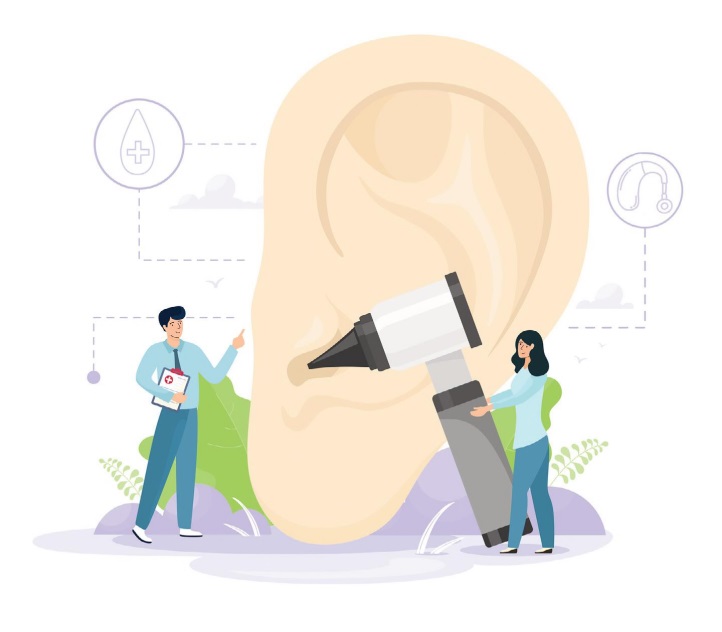WHEN HEARING LOSS IS DIAGNOSED: NAVIGATING RESOURCES
BY GAYLA H. GUIGNARD, M.A., CCC-A/SLP, LSLS CERT. AVT AND LISA A. GOLDSTEIN
Thirty-three babies are born with hearing loss each day in the United States, yet this is unexpected news for most parents of the children who are found to be deaf or hard of hearing.
With the advent of technology, very young babies can be accurately screened and tested for hearing loss. Hearing technology can be fitted in the early weeks and months of infancy, and children and their parents can begin early intervention services right away. Not all children are identified with hearing loss in the early months of life. For a variety of reasons some children may be diagnosed later on. In some cases, it is due to missed earlier hearing screening/testing opportunities through the Universal Newborn Hearing Screening [UNHS] program, (which is available in all U.S. states and territories). Sometimes it is a misdiagnosis (which is rare) or it could be the onset of hearing loss following the newborn period. In any case, parents experience a multitude of feelings as they embark on their family's journey with hearing loss.
TOPICS FOR PARENTS BY CHILD'S AGE OR GRADE
When new to hearing loss, parents need guidance on the topic areas on which to focus. Over time, the need to gain new information will continue as the child grows and has new experiences. Parents will likely find it much easier to help their child if they educate themselves and look for opportunities to be educated, that may be provided by their school, state, or national organizations.

Children, ages birth to three, are typically eligible for enrollment in the early intervention program offered through their State or Territory's Early Intervention System. Families may choose to use that service and/or opt for private services. Some of the topics families of children in this age range need to learn about include: hearing technology options, early intervention and family support services, communication strategies/options, partnering with professionals to reach the desired outcomes for the child, speech/language and other developmental milestones, and the scope and sequence of goals to reach those desired outcomes, home (and daycare) carryover goals, and suggestions on how to work on those goals, and transition to preschool services.
Children who are deaf or hard of hearing, ages three to kindergarten, may be found eligible for preschool services through their local school district. Each state’s Early Intervention System has a role in helping families connect with their local education agency (LEA) and the appropriate school district personnel, to start the transition process from early intervention to preschool eligibility and possible services no later than 2 ½ years of age. The recommended referral age varies by state. Testing that is conducted by the school (and sometimes by early intervention personnel) is used to help determine the need and eligibility for preschool services. A primary focus of parents should be helping their child adjust to preschool, working on continued speech/language development at home, sending their child to school with well-functioning hearing technology, monitoring their child for progress, and communicating back and forth with the school about their child on all of these topics. Even if knowledgeable school personnel are on staff, parents may need to